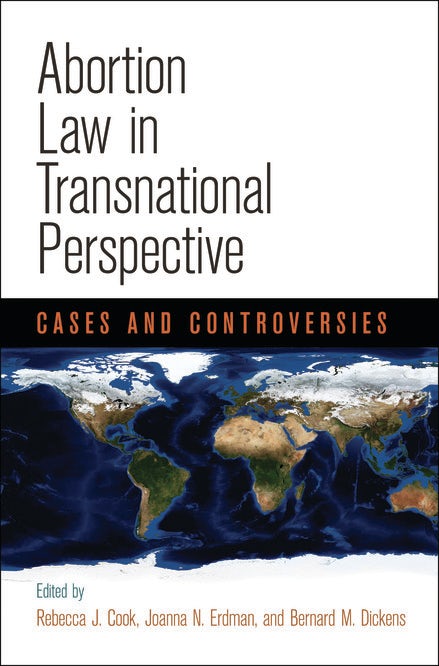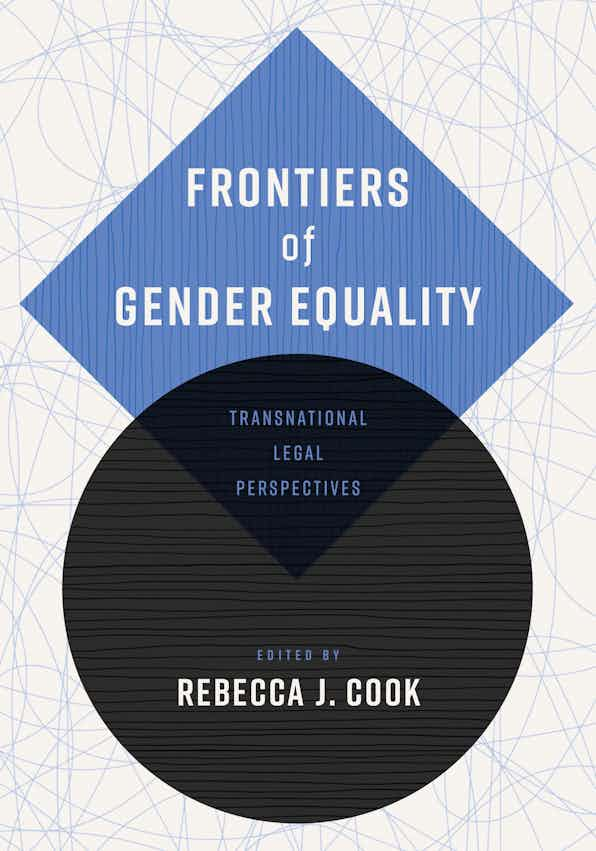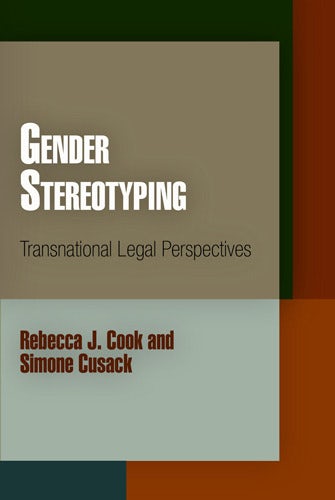INDUCED ABORTION: INCIDENCE AND TRENDS WORLDWIDE FROM 1995 to 2008
by Gilda Sedgh, Susheela Singh, Iqbal H. Shah, Elisabeth Ahman, Stanley K. Henshaw, & Akinrinola Bankole
The Lancet, Early Online Publication, 19 Jan 2012
Findings: The global abortion rate was stable between 2003 and 2008, with rates of 29 and 28 abortions per 1000 women aged 15—44 years, respectively, following a period of decline from 35 abortions per 1000 women in 1995. The average annual percent change in the rate was nearly 2.4% between 1995 and 2003 and 0.3% between 2003 and 2008. Worldwide, 49% of abortions were unsafe in 2008, compared to 44% in 1995. About one in five pregnancies ended in abortion in 2008. The abortion rate was lower in subregions where more women live under liberal abortion laws (p<0.05).
Interpretation: The substantial decline in the abortion rate observed earlier has stalled, and the proportion of all abortions that are unsafe has increased. Restrictive abortion laws are not associated with lower abortion rates. Measures to reduce the incidence of unintended pregnancy and unsafe abortion, including investments in family planning services and safe abortion care, are crucial steps toward achieving the Millennium Development Goals.
Impact of liberal abortion laws: “We found that the proportion of women living under liberal abortion laws is inversely associated with the abortion rate in the subregions of the world. Other studies have found that abortion incidence is inversely associated with the level of contraceptive use, especially where fertility rates are holding steady, and there is a positive correlation between unmet need for contraception and abortion levels. The unmet need for modern contraception is lower in subregions dominated by liberal abortion laws than in those dominated by restrictive laws, and this might help explain the observed inverse association between liberal laws and abortion incidence. Global levels of unmet need and contraceptive use seem to have stalled in the past decade: the percent of married women with unmet need for contraception fell by 0.2 percentage points per year in 1990—2000, but essentially did not change in 2000—2009. Family planning services seem to not be keeping up with the increasing demand driven by the increasingly prevalent desire for small families and for better control of the timing of births.”
Full text available to subscribers here
Editorial comment:
Abortion: what is the problem?
by Beverly Winikoff & Wendy R Sheldon in same issue of The Lancet
online for subscribers here




